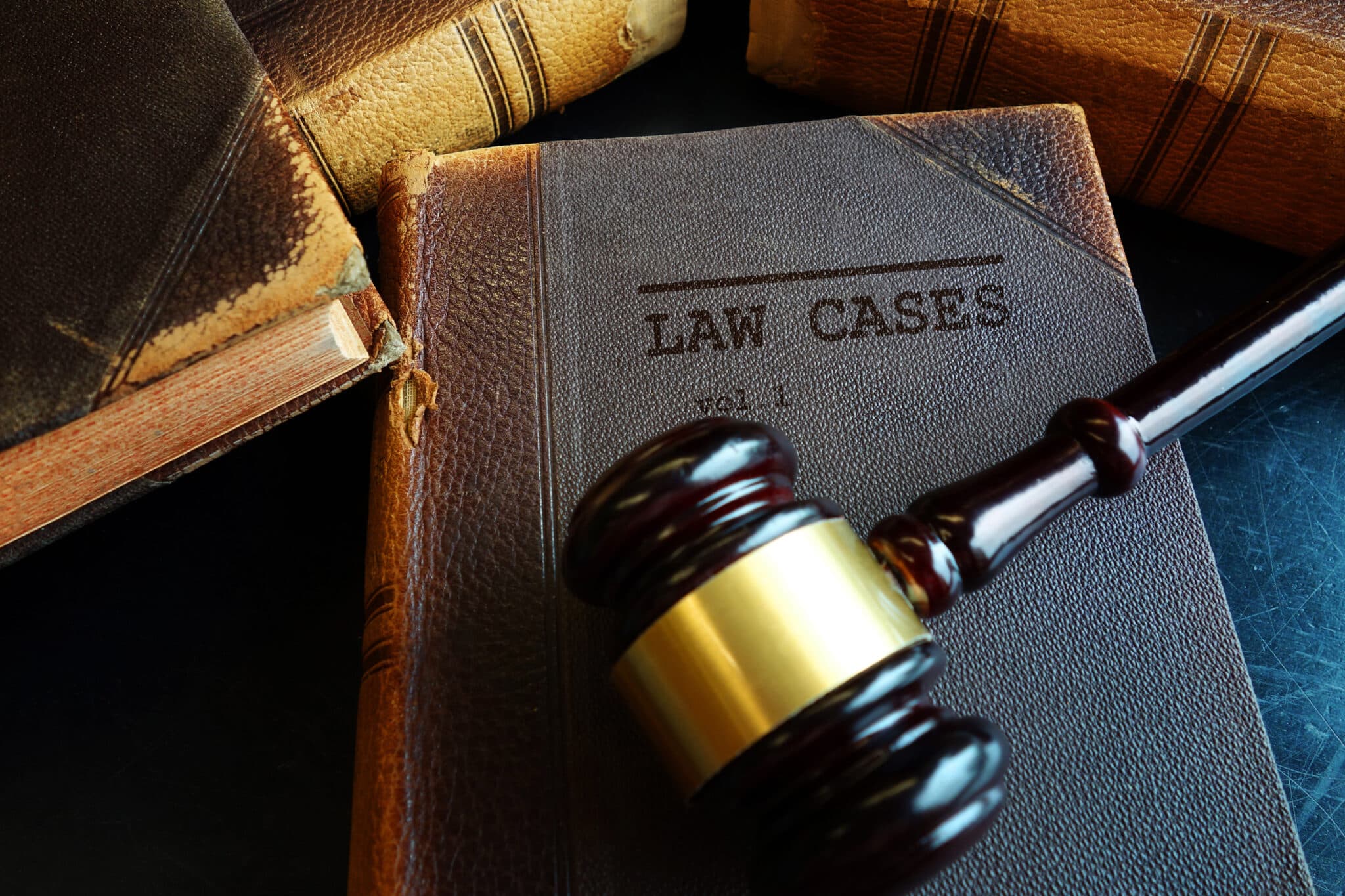Debunking the Process of Federal Appeals: What You Need to Know
Browsing the elaborate realm of government charms can typically seem like passing through undiscovered waters for those unfamiliar with the process. Understanding the nuances of appellate court jurisdiction, the intricacies of filing a notice of allure, providing a compelling brief, and making a convincing dental argument are vital components that can dramatically influence the outcome of an instance. By unraveling the layers of intricacy bordering federal allures, individuals can gain a more clear insight into the devices that govern this critical point of the legal system.
Understanding Federal Appeals Process
Diving into the elaborate realm of the federal allures process unveils a systematic and organized trip through the judicial system - federal appeals attorneys in south dakota. Federal appeals function as a vital mechanism for evaluating choices made by reduced courts. Recognizing this process is vital for anybody associated with legal process at the government degree
The procedure typically starts with a party dissatisfied with a lower court's judgment submitting a notice of appeal. This causes a testimonial by a higher court, where a panel of courts evaluates the legal debates provided by both celebrations. Briefs describing the legal reasoning behind each celebration's placement are submitted, and oral arguments might be heard to make clear complex concerns.
The appellate court's decision is based on a thorough assessment of the lower court's procedures and the arguments presented. The courts do not focus yet reconsider truths on whether lawful mistakes occurred that impacted the lower court's decision. When the appellate court reaches a decision, it can affirm, reverse, remand, or modify the reduced court's judgment, giving quality and finality to the lawful disagreement. Understanding this procedure is crucial for navigating the intricacies of federal appeals efficiently.
Appellate Court Jurisdiction Discussed

Appellate courts have jurisdiction over particular kinds of cases, commonly those entailing lawful errors, step-by-step issues, or questions of law instead of accurate conflicts. The jurisdiction of appellate courts is normally outlined in statutes and legislations that control the court system. Comprehending appellate court jurisdiction is vital for events entailed in the allures procedure as it figures out whether an instance is qualified for evaluation and the extent to which the appellate court can intervene in the lower court's decision.
Declaring a Notification of Charm
The preliminary action in beginning the federal appeals process involves submitting a Notification of Appeal with the suitable appellate court. federal wire fraud appeal lawyers. This important document officially notifies the court and the various other parties entailed in visit this web-site the situation that the appealing party means to seek an evaluation of the lower court's decision. Submitting a Notice of Allure is a stringent procedural need that sets the appellate procedure moving
When preparing the Notification of Appeal, it is vital to guarantee conformity with the particular regulations and guidelines of the relevant appellate court. The paper should commonly include info such as the instance name, the lower court's name, the day of the judgment being appealed, and a succinct statement suggesting the premises for the appeal.
Timeliness is important when filing a Notice of Allure. Missing out on the target date for submitting this record can result in the charm being disregarded, underscoring the value of exact and punctual initiation of the charms procedure. It is advisable to look for lawful advice to navigate the intricacies of submitting a Notice of Charm successfully.
Briefing and Dental Argument
In the appellate procedure, offering written briefs and participating in dental debates play pivotal roles in advocating for the appealing celebration's setting prior to the appellate court. Briefs are detailed legal papers that lay out the celebrations' debates, legal authorities, and analysis supporting their settings. These created submissions offer the court with a comprehensive understanding of the truths of the situation, the appropriate law, and why the appealing party believes the reduced court's decision must be reversed.
Adhering to the submission and evaluation of the briefs, dental debates provide the celebrations an opportunity to more clarify their positions, resolve any kind of inquiries the appellate courts might have, and highlight essential points from their composed briefs. Oral disagreements are a possibility for the attorneys to persuade the courts via spoken advocacy and responses to inquiries from the bench.

Getting the Appellate Court Decision

Verdict
In verdict, the federal allures process is a complicated but vital step in looking for justice. Comprehending the appellate court jurisdiction, submitting a notice of allure, preparing briefs, and presenting dental disagreements are all vital parts of this process. Inevitably, receiving the appellate court choice can provide clearness and resolution to lawful disputes. It is crucial to browse the federal appeals procedure with diligence and focus to detail to accomplish a fair result.
As we advance from recognizing the federal charms procedure to dissecting the ins and outs of appellate court jurisdiction, an essential facet comes to light regarding the authority and limitations of these greater courts in the legal landscape. Appellate court jurisdiction refers to the range of situations that a particular appellate court has the power to examine and choose upon. Unlike test courts that listen to instances for the initial time, appellate courts are restricted to assessing decisions made by reduced courts. Comprehending appellate court jurisdiction is important for celebrations included in the allures procedure as it determines whether a case is qualified for testimonial and the level to which the appellate court can interfere in the reduced court's decision.
Whether the appellate court verifies, turns around, or remands the reduced court's choice, recognizing the ramifications of the judgment is essential for all events involved in the appellate procedure.